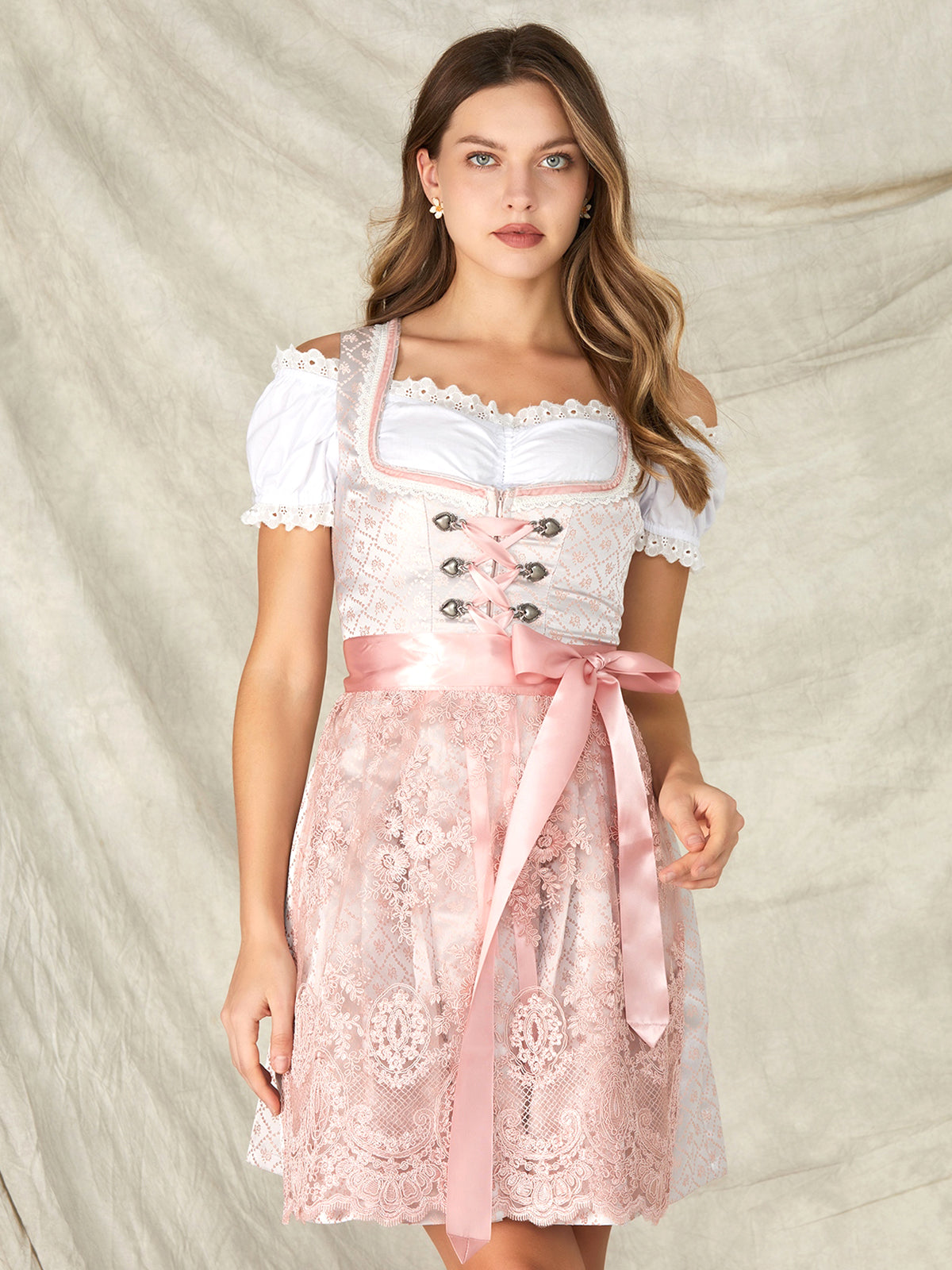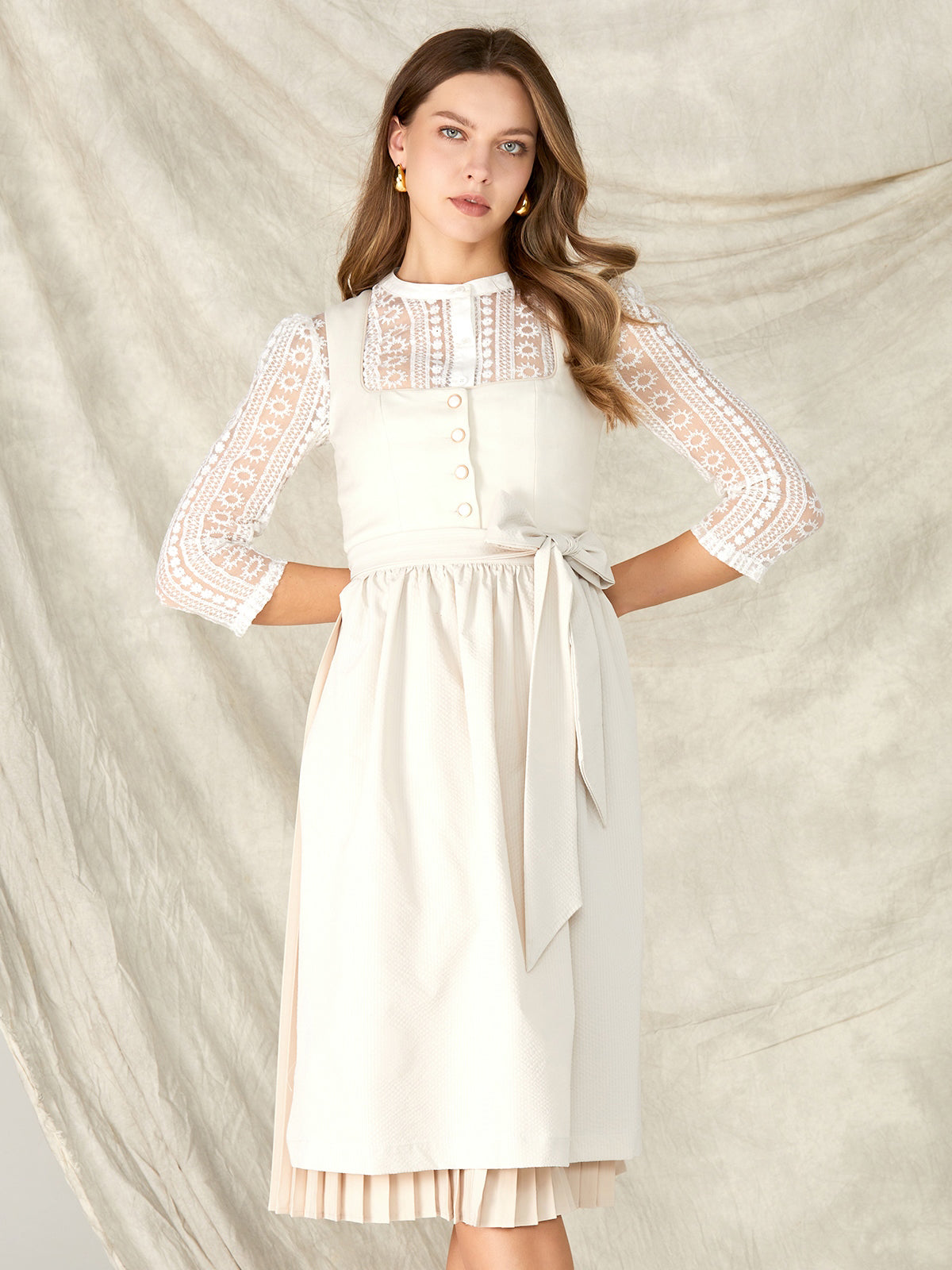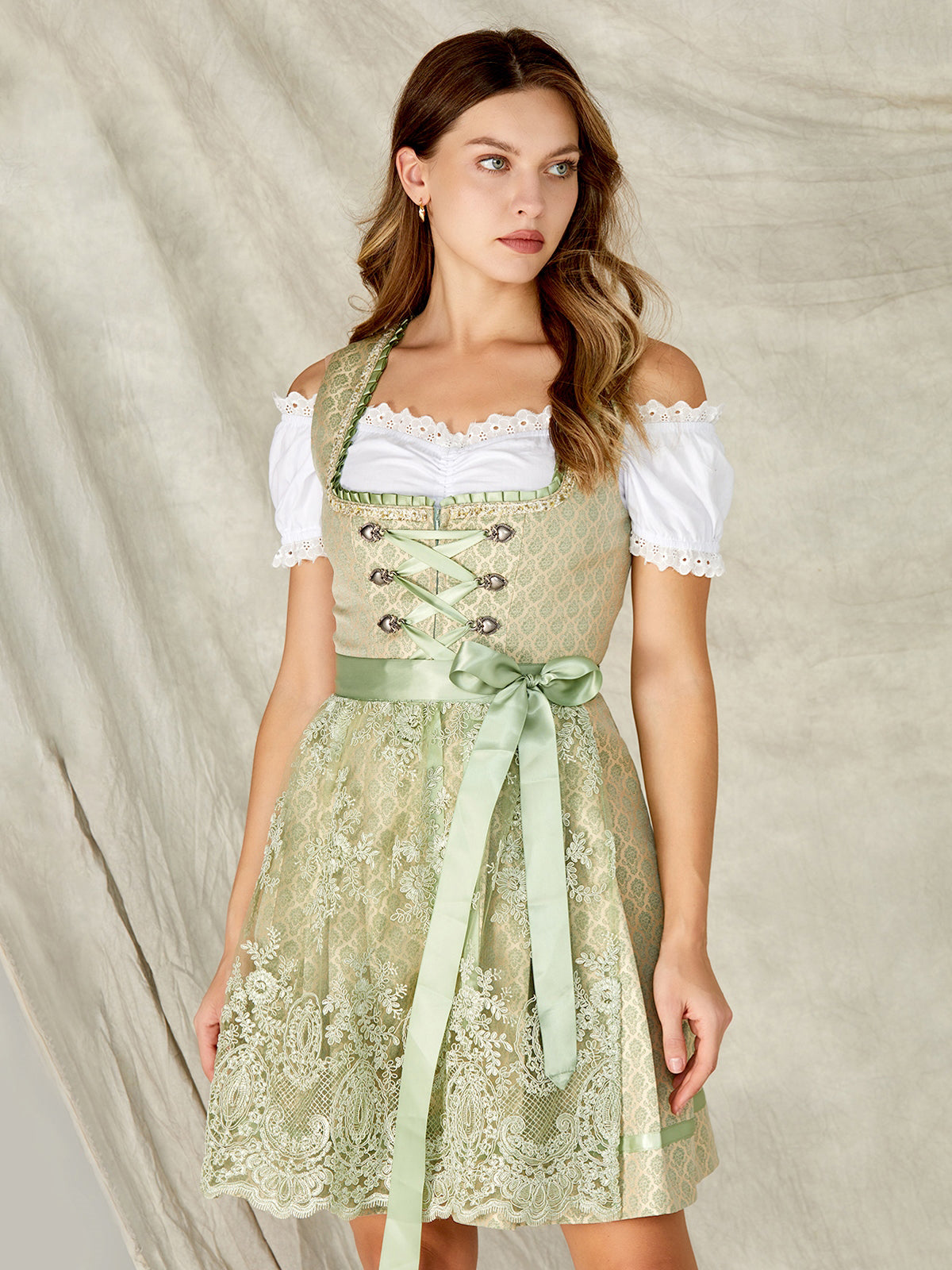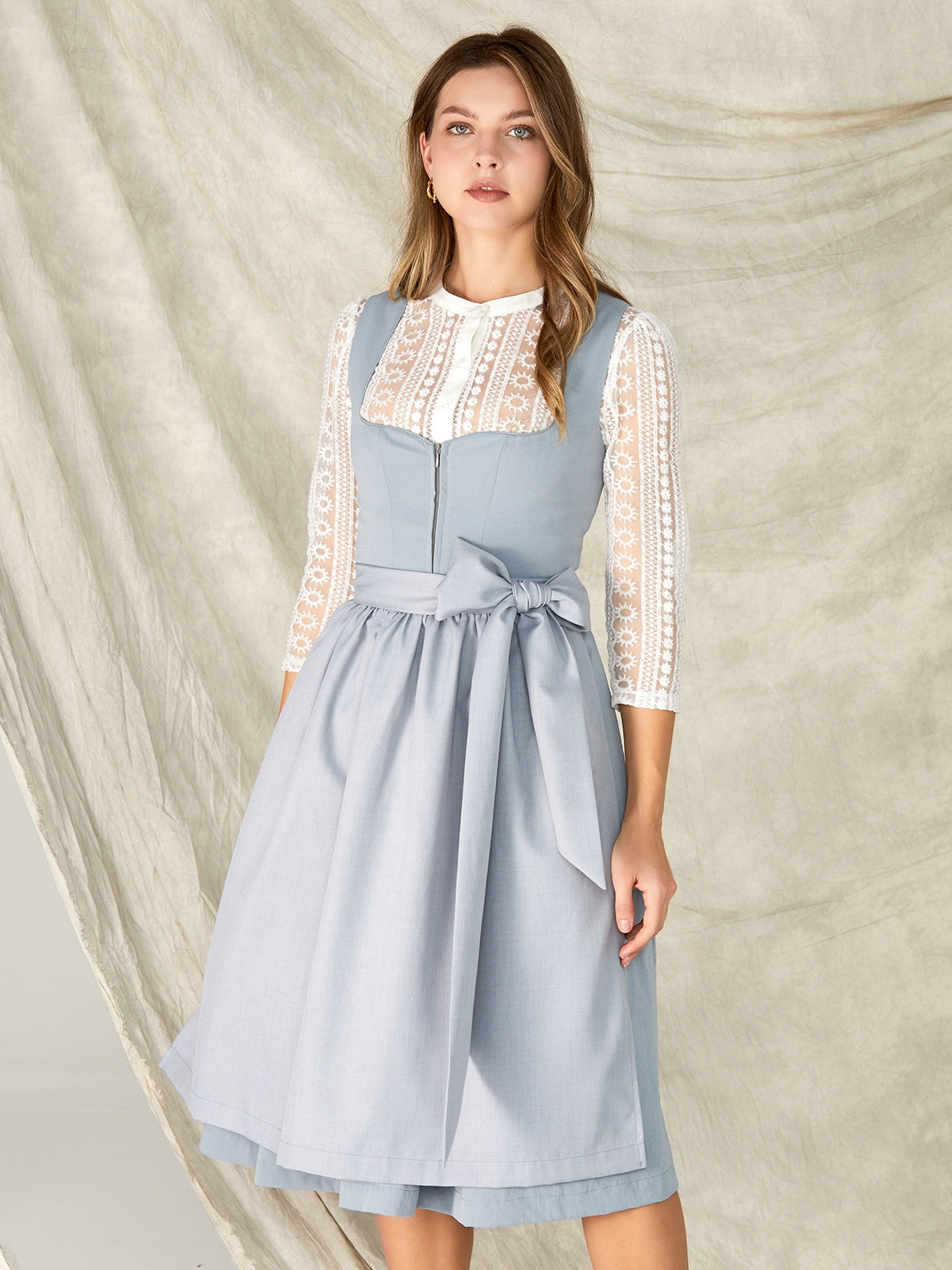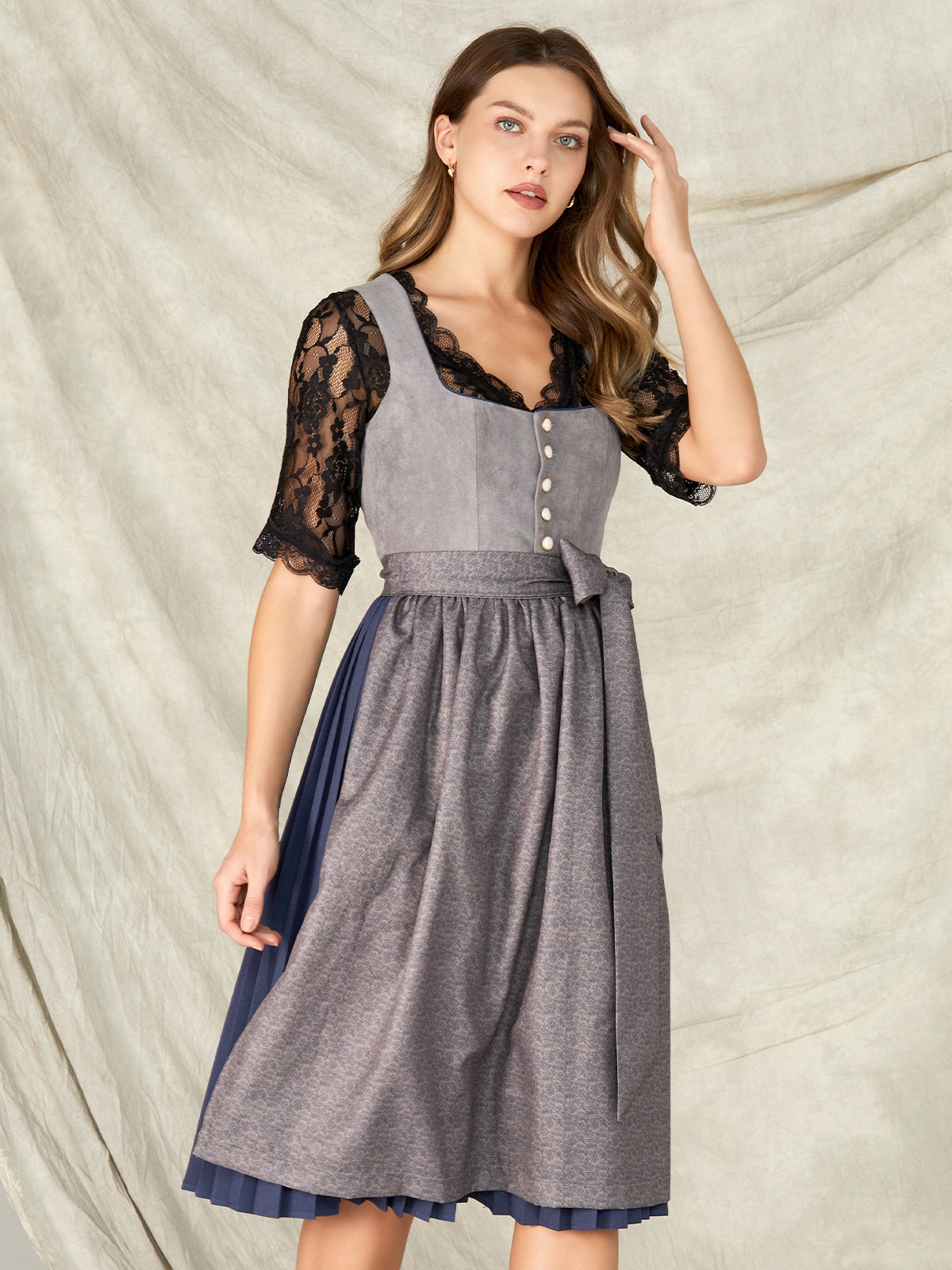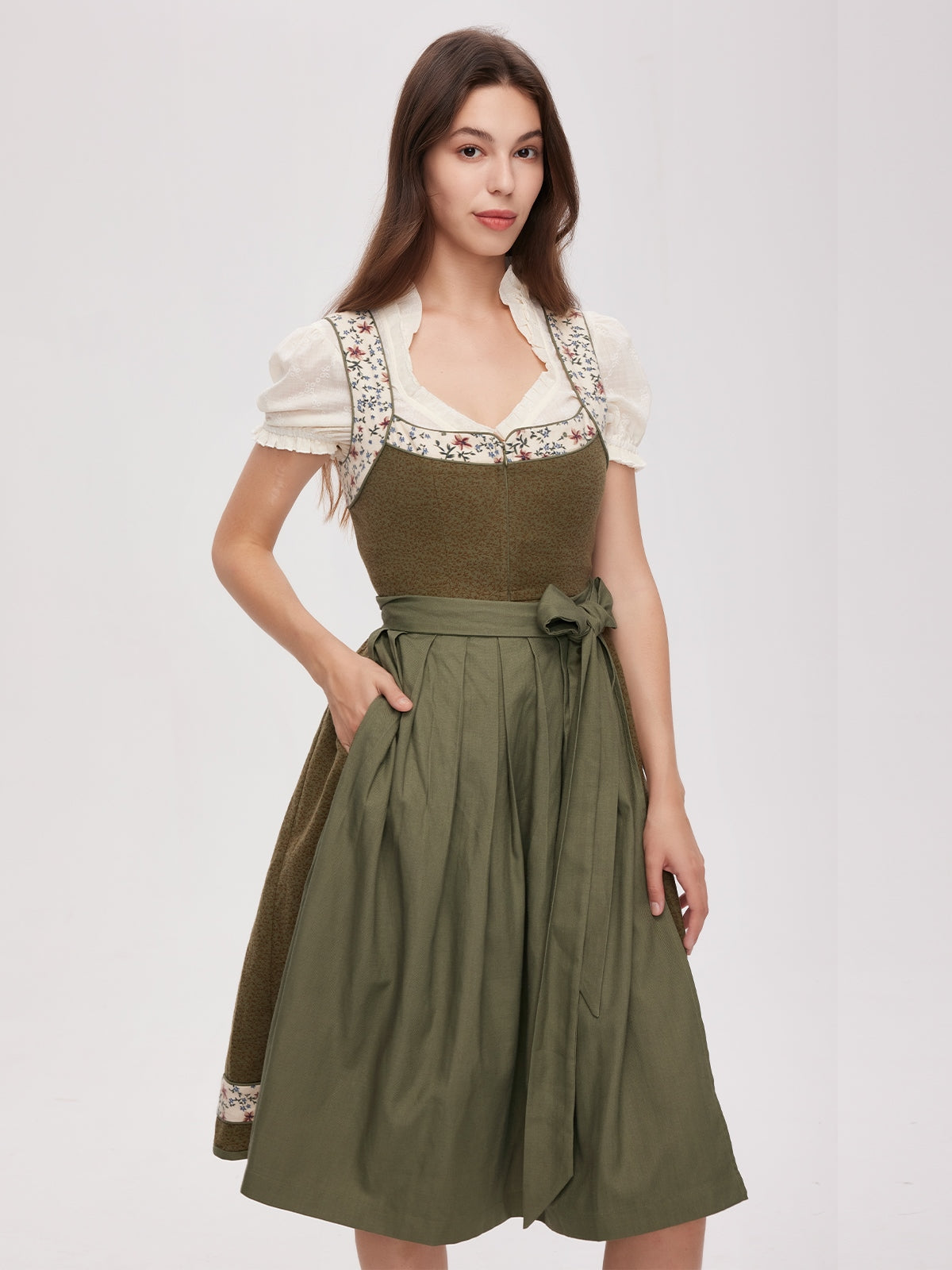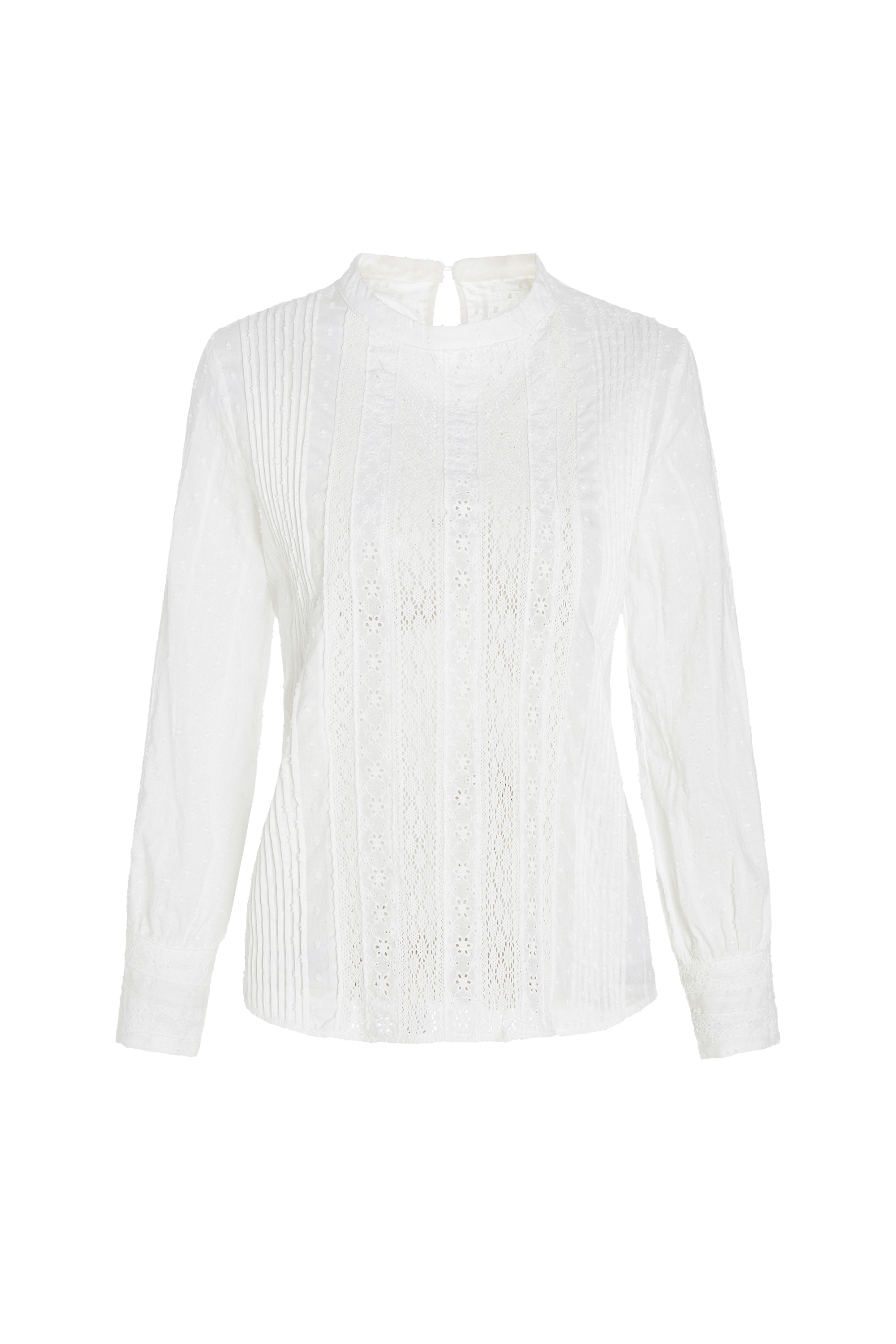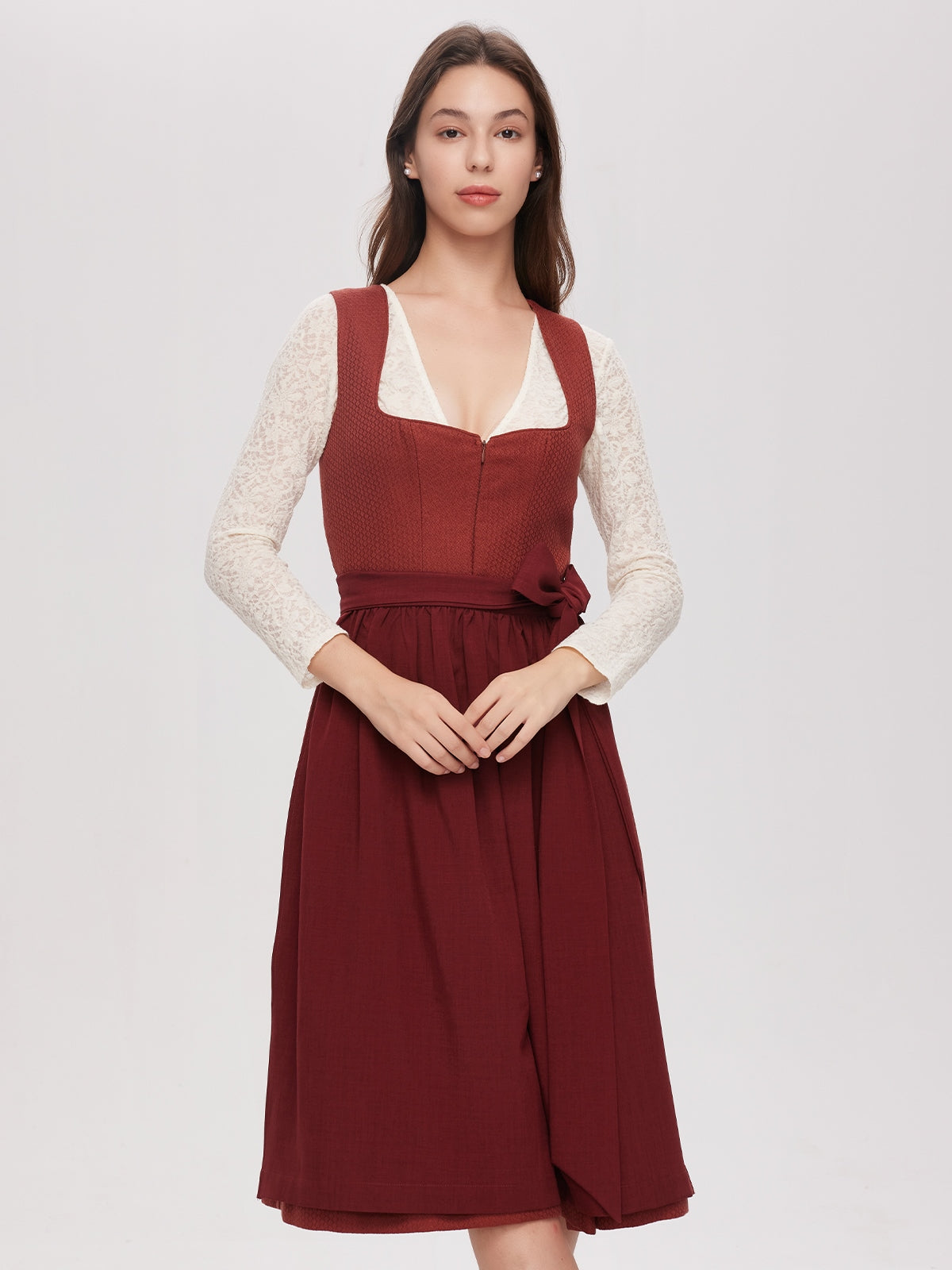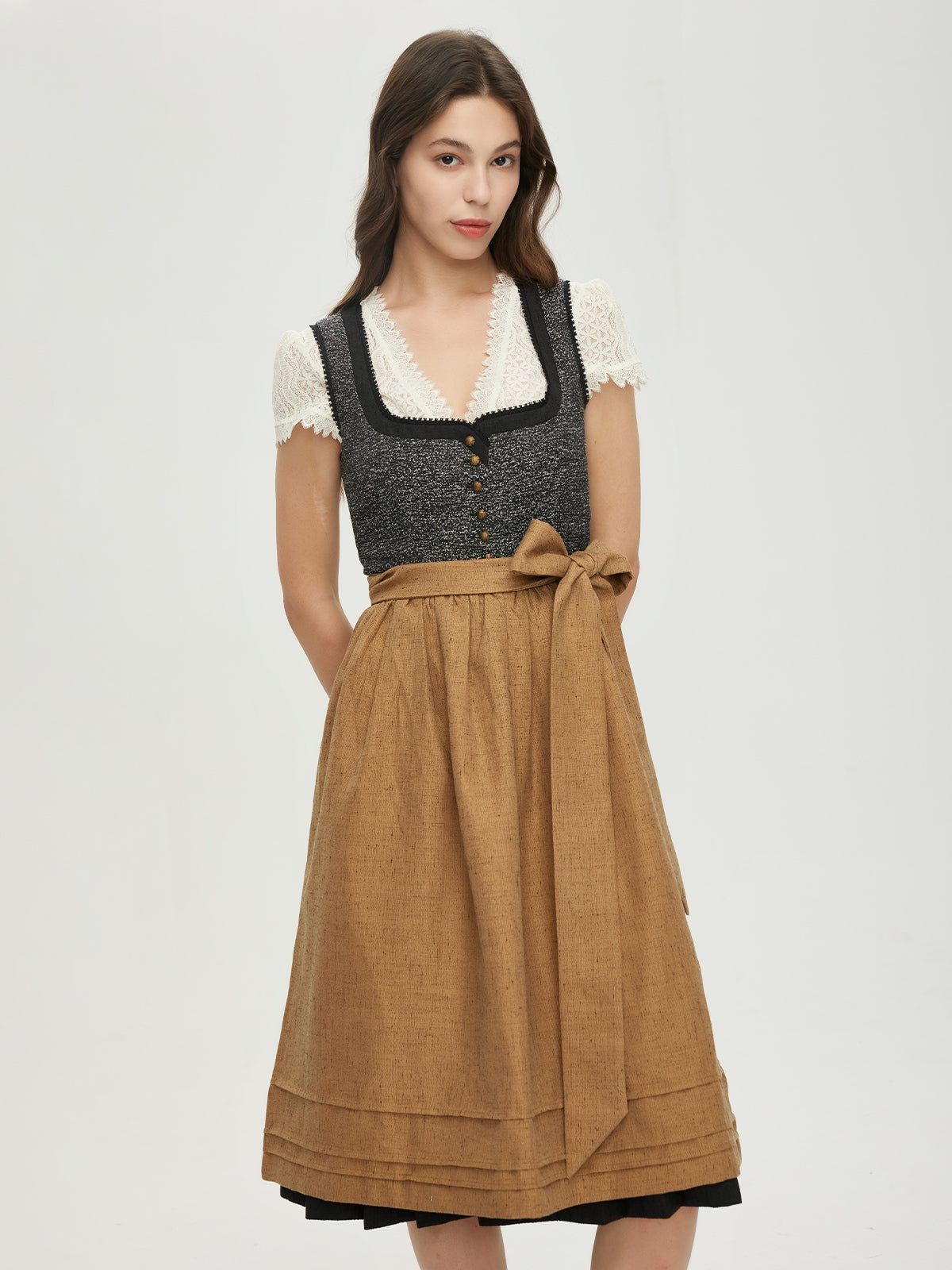Introduction
The dirndl is not just a costume, but a symbol of tradition, femininity, and culture in Germany, Austria, and Switzerland. Its history stretches back a long way and has continuously evolved over time. In this article, we'll embark on a journey through the evolution of the 70 cm dirndl to understand how it evolved from simple workwear to an iconic fashion item.
Origins of the Dirndl
The dirndl has its roots in 19th-century peasant clothing. Originally, it was a practical work garment for maids (dirnen) and peasant women. It consisted of a wide skirt, a blouse, and an apron. The colors and patterns were rather simple and practical, designed to withstand daily chores. The shape was rather plain and functional, without much embellishment.
Different regions had their own variations of the dirndl. In Bavaria, for example, the dirndl was more colorful and decorative, while in other parts of the Alpine region it was simpler and less elaborate. The differences in design also reflected local traditions and lifestyles.
The Dirndl as a symbol of nationality and tradition
During the 19th century, the dirndl began to evolve from mere workwear into a symbol of nationality and tradition. With the rise of nationalism in Europe, many people sought to strengthen and represent their cultural roots. The dirndl became a part of this movement and, in many cases, was accepted as a kind of national costume.
At the 1936 Olympic Games in Berlin, the dirndl was first presented in an international context. German female athletes wore the dark blue velvet dirndl as part of their Olympic uniform, bringing the costume to a global stage. This marked an important step in the dirndl's development as a world-renowned symbol.
The modification of the dirndl
In the second half of the 20th century, the dirndl began to adapt to modern fashion trends. Designers realized that the dirndl had great potential as a fashion item. They began to modify traditional shapes and introduce new materials and patterns.
The shirt blouses became slimmer and more elegant, the skirts became shorter, and the aprons were adorned with new patterns and details. Colors also became more diverse, and new materials such as silk and satin were used to make the dirndl even more attractive.
In the 1960s and 1970s, the dirndl followed hippie trends. Colorful patchwork patterns and natural materials were used to achieve a hippie-like and free look. This was further proof of the dirndl's adaptability to contemporary fashion trends.
The Dirndl today
Today, the dirndl is both a symbol of tradition and a popular fashion item. It is worn not only at Oktoberfest and other traditional events, but also in everyday life. Many designers have incorporated the dirndl into their collections, giving it a modern interpretation.
There's also a wide variety of dirndl styles on the market. There are classic, traditional dirndls, as well as modern, fashionable versions. Today's dirndls can be found in various lengths, shapes, and colors. There are also dirndls for different occasions, from formal events to casual outfits.
The dirndl also has social significance. It is often used as a means of self-expression. Women can express their perspective on tradition and fashion through their choice of dirndl. It is also a symbol of community, as many people wear dirndls together at events like Oktoberfest, thus creating a sense of bond.
The future of the dirndl
The future of the Marjo dirndl blue seems secure. It will continue to be seen as an important symbol of culture and tradition in Germany, Austria, and Switzerland. At the same time, it will continue to be adapted to modern fashion trends. Designers will surely develop new ideas and concepts to make the dirndl even more attractive and contemporary.
The dirndl's social significance will likely continue to grow as well. Preserving and representing cultural traditions will become increasingly important, and the dirndl will certainly play an important role in this process. It will continue to be a symbol of femininity and community.
conclusion
The evolution of the dirndl is a fascinating process. From a simple workwear item to a world-renowned fashion symbol, it has evolved continuously over the past few centuries. It has not only followed changes in fashion but also in society. Today, the dirndl is an important part of culture and fashion in Germany, Austria, and Switzerland. It will surely continue to retain its significance and adapt to new trends in the future.

